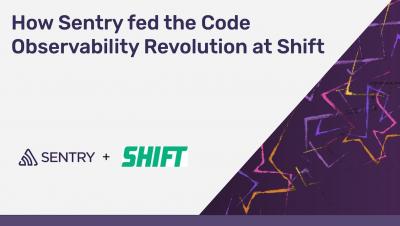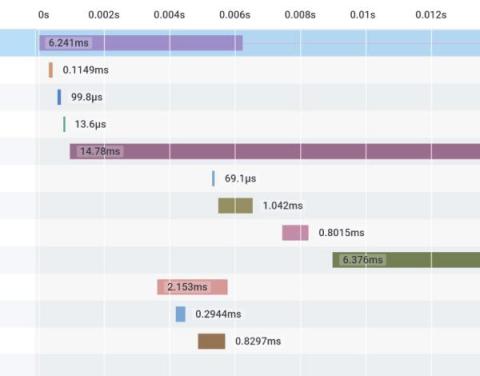Operations | Monitoring | ITSM | DevOps | Cloud
Observability
The latest News and Information on Observabilty for complex systems and related technologies.
Tracing makes a bug easy to spot
Today, I found a bug before I noticed it. Like, it was subtle, and so I wasn’t quite sure I saw it—maybe I hadn’t hit refresh yet? Later, I looked at the trace of my function and, boom, there was a clear bug. Here’s the function with the bug. It responds to a request to /win by saving a record of the win and returning the total of my winnings so far. Can you spot the problem in the TypeScript? It’s subtle. Now here’s a trace in Honeycomb: Now do you see the bug?
Elastic Observability 7.16: Ad hoc analytics and CI/CD pipeline visibility
Elastic Observability 7.16 introduces curated data exploration views for ad hoc analysis and further extends visibility into complex and distributed systems with the general availability (GA) of dozens of prebuilt Elastic Agent data integrations, observability tooling for continuous integration and continuous delivery (CI/CD) pipelines, and a new native data source integration with Amazon Web Services (AWS) FireLens. These new features allow customers to.
4 Steps to Making Observability Real for Your Team
Ask Miss O11y: Tracing Is for Async, Too
I have a good sense of how to use traces to understand my system’s behavior within request/response cycles. What about multi-request processes? What about async tasks spawned within a request? Is there a higher-level or more holistic approach?
What is an Observability Data Pipeline?
I can’t remember the last time I drove down highway 101 between San Francisco and the South Bay and didn’t see a billboard claiming to be the single tool to solve all of my data problems.
Live from AWS re:Invent - Data Drivers and The Race To Observability
Why observability is the way to go w/ Georg Höllebauer (APA-Tech) | The StackPod EP #2
Observability for Microsoft Teams; How, What, and Why?
As one of the leading enterprise collaboration software globally, Microsoft Teams helps remote workers come together and stay productive. But while IT already has tools to monitor Teams call quality metrics, the pandemic shifted the organizational landscape with all of us working remotely from home. Or at least work in a hybrid way! So what does that mean for Teams monitoring now? The shift necessitates a newer Microsoft Teams monitoring strategy approach that combines synthetics with real user monitoring (RUM) to get a complete seamless digital experience.











